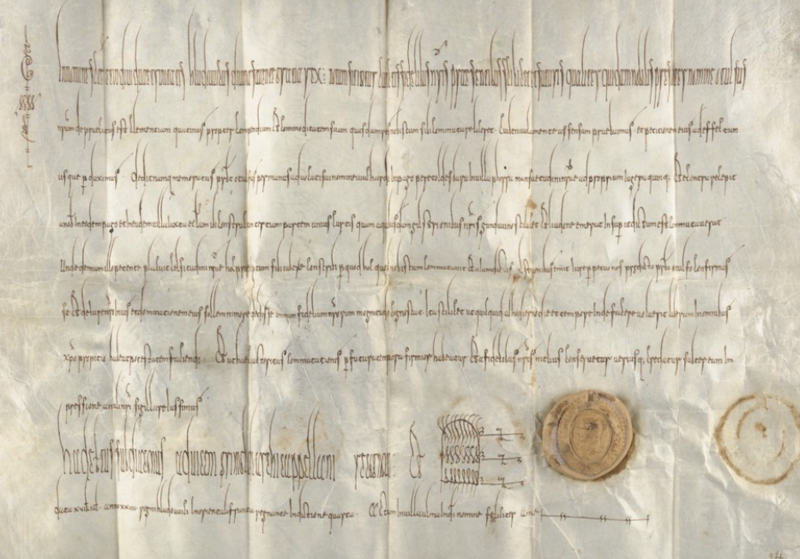Research

The holdings of the St Gall Abbey Archives are divided into four different departments: the archives of documents, records, books and maps/plans. These contain over 20000 documents, countless files, 2500 manuscripts, printed works as well as maps and plans. The fief archives, which contain around 500 volumes, also provide an important basis for genealogical research and the study of place names.
The second main inventory administered by the Abbey Archives are the holdings (archive and library) of Pfäfers Abbey, which was founded around 750 and dissolved in 1838. From the library, which was decimated by fire in the 17th century, 26 manuscripts, some of them from the early Middle Ages, are still preserved today. The archives, on the other hand, include the famous "Liber Viventium" (Book of Life) and the late Ottoman "Liber Aureus" (Golden Book). In addition to the texts of the Gospels, they also contain a wealth of historical evidence, including legal documents, on the history of the monastery of Pfäfers.
In addition, the St Gall Abbey Archives administer other holdings and deposits. These include the archival records of the Benedictine Convent of St. Wiborada in St. Georgen, the family archives of Thurn-Valsassina as well as the surviving documents of the Noble Ladies' Convent of Schänis. As a deposit of the Catholic Administration, the Abbey Archives also contain the estate of the last abbot of St Gall, Pankraz Vorster (1796-1805, died 1829), with his diary and an extensive collection of letters and files. Other bequests are those of the abbey archivists of the 19th and 20th centuries. In addition, there are special collections such as that of the genealogist Paul Zuber, Wil or the scientific excerpts of Hans Bösch, Schaffhausen.